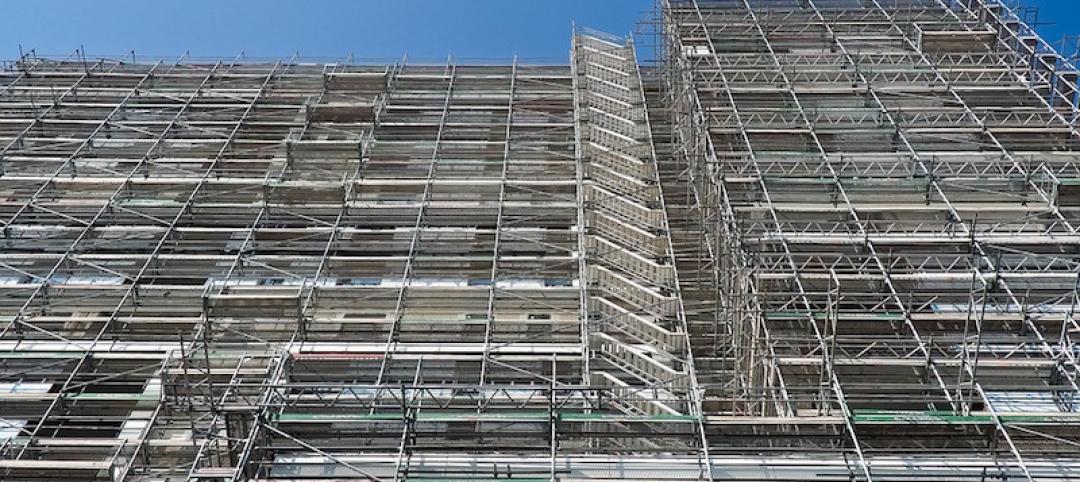The Fenestration and Glazing Industry Alliance (FGIA) updated a specification establishing requirements for field testing newly installed storefronts, curtain walls, and sloped glazing systems.
AAMA 503-24, Voluntary Specification for Field Testing of Newly Installed Storefronts, Curtain Walls and Sloped Glazing Systems establishes the requirements for field test specimens, apparatus, sampling, test procedures and test reports to be used in verifying the air infiltration resistance performance and/or water penetration resistance performance of newly installed fenestration products.
The Testing Criteria of Commercial Fenestration Updates Task Group completed a full technical review of the specification for the new edition. A new section about significance and use was added. Sections addressing sampling, site preparation, and responsible parties were expanded. The section on test procedures was also revised, clarifying that air leakage resistance testing under AAMA 503 is optional. Definitions of water penetration were also updated.
“When used as part of a comprehensive building commissioning program, AAMA 503 provides reasonable assurance that the installed fenestration products will perform to the specified or rated air leakage and/or water penetration performance levels with allowances given for field performance,” says Jason Seals, FGIA certification services manager, fenestration.
Related Stories
Codes and Standards | Jul 5, 2017
Research study examines tall timber buildings worldwide
Industry group developing criteria for categorizing wide range of construction approaches to tall timber buildings.
Codes and Standards | Jun 30, 2017
AAMA releases new document on aluminum fenestration and energy efficiency
The free download addresses entrances, storefront framing, curtain walls, windows and skylight fenestration systems.
Codes and Standards | Jun 29, 2017
Fire codes prevent cladding used on Grenfell Tower from being used in U.S.
Reports suggest an extra $6,300 for fire-resistant cladding could have prevented the tragedy.
Codes and Standards | Jun 28, 2017
Minimum Design Loads and Associated Criteria for Buildings and Other Structures, Standards ASCE/SEI 7-16, has been updated
The document is used for determining design loads including dead, live, soil, flood, tsunami, snow, rain, atmospheric ice, earthquake, wind, and fire.
Codes and Standards | Jun 27, 2017
Cold-formed steel framing engineering guide for building projects released
Better sound attenuation for subfloors and exterior continuous insulation are among the matters addressed.
Codes and Standards | Jun 26, 2017
L.A.’s new ordinance requires energy and water efficiency benchmarking
Structures 20,000 sf and larger must demonstrate steps to boost efficiency.
Codes and Standards | Jun 21, 2017
World Green Building Council: All buildings must be net zero by 2050 to avert 2°C rise
Building efficiency essential to tempering global climate change.
Codes and Standards | Jun 21, 2017
Senate bill would prohibit tax money for sports stadium projects
Bipartisan legislation would prevent use of municipal bonds by pro teams.
Codes and Standards | Jun 19, 2017
Developer, architect hit with $10 million construction defect verdict
Case pertained to construction of condo development that was not fire code-compliant.
Codes and Standards | Jun 19, 2017
Green building advocates erect icehouses on Penn. state capitol steps to make point on codes
State’s codes have not been updated since 2009.

















